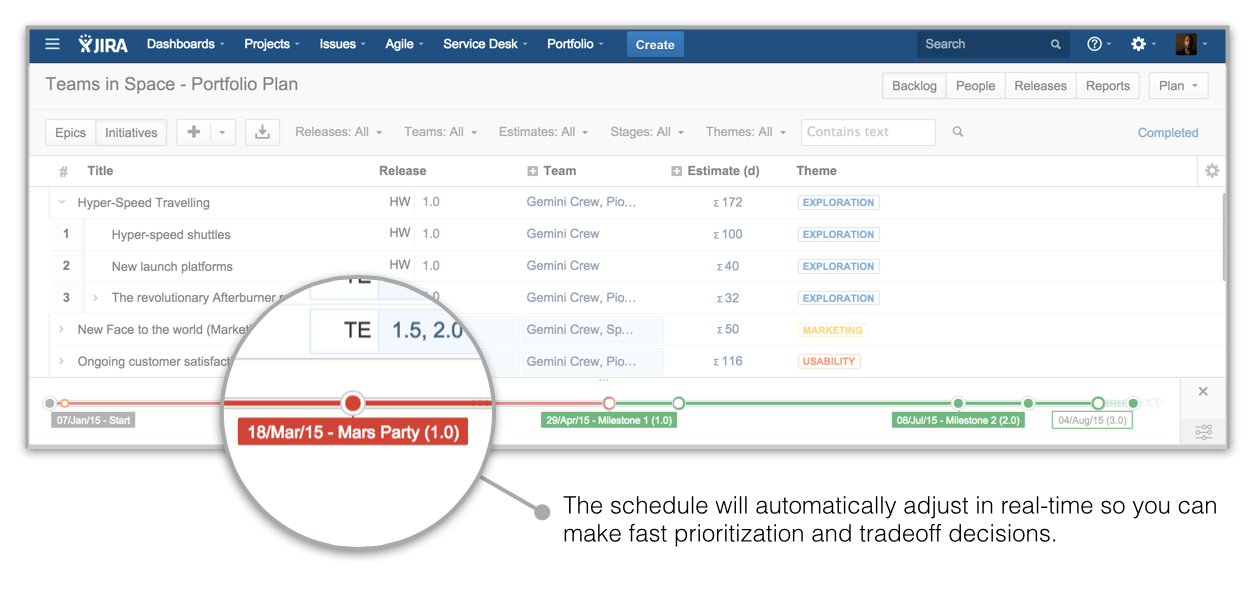Does your portfolio have excessive risk
Post on: 27 Апрель, 2015 No Comment

Does your portfolio have excessive risk?
Is a concentrated stock position placing your portfolio at undue risk?
- Have you inherited a large holding of a single stock?
- Do you receive company stock or stock options as part of your compensation package?
- Has a particular stock in your portfolio appreciated substantially over the short term?
If so, you may have a concentrated position within your investment portfolio – a disproportionate percentage of your portfolio is held in a single security. When the position represents 10% or more of a total portfolio, it is considered concentrated.
Most investors have a tendency to hold onto their concentrated stock position, rather than diversifying their portfolio into a more balanced risk-adjusted return vehicle. This inclination is often related to a number of behavioral factors including:
- emotional attachment to the stock;
- fear regarding the tax implications of selling the stock;
- belief that the stock’s positive performance will continue indefinitely;
- concern that selling could affect the market price of their company stock.

Regardless the reason, it is important for you to understand that a concentrated stock position represents an unbalanced allocation of wealth, one that exposes your portfolio to excessive (and uncompensated) risk because of a lack of diversification.
Risk/Return Implications
A concentrated position subjects a portfolio to greater volatility because its return depends on the performance of minimal holdings. If the portfolio has a bad year, there is no potential for other non-correlated asset categories to minimize its loss position – they don’t exist. Greater volatility in the short term can lead to a significant reduction in compoundable growth potential over time, impacting the longevity of your investment portfolio.
Risk Mitigation and Diversification Away from a Concentrated Position
A less concentrated (or, in other words, a diversified) portfolio – one comprised of a very broad number and strategic assortment of low- or non-correlated asset classes, countries, markets and industries – will compensate you accordingly for the calculated level of risk you have taken.
Wealth Preservation
Unwinding a concentrated stock position takes time and thoughtful planning to minimize the tax implications tied to the sale of a stock with a low cost basis. Techniques including tax-loss harvesting and stock swapping can be implemented to diversify a concentrated stock position while controlling and managing tax obligations.
The goal is to minimize the overall volatility of a concentrated portfolio in order to preserve (and increment) as much wealth as possible over the long term. Diversifying away from a concentrated risk position can protect your portfolio’s longevity.
Source: Robert W. Baird Advisors, June 2013. Scenarios provided for illustrative purposes only and do not reflect actual portfolio performance. Graph source: Ibbotson Associates, 2010, Meir Statman, “The Diversification Puzzle”, Financial Analysts Journal, Volume 60, Number 4, 2004. | Mercer Global Advisors Inc. is registered with the Securities and Exchange Commission and delivers all investment-related services. Mercer Advisors Inc. is the parent company of Mercer Global Advisors Inc. and is not involved with investment services.














